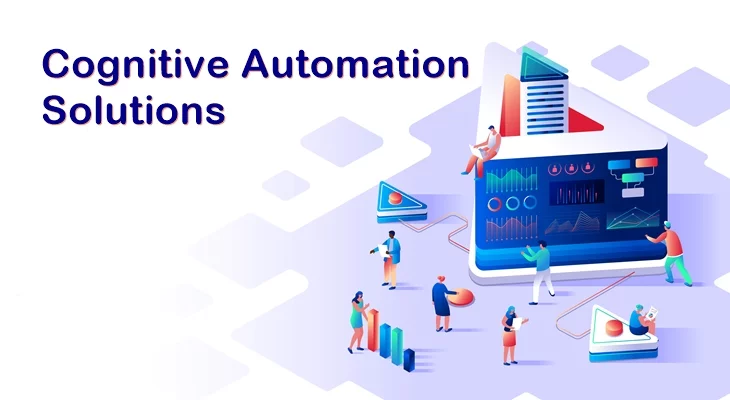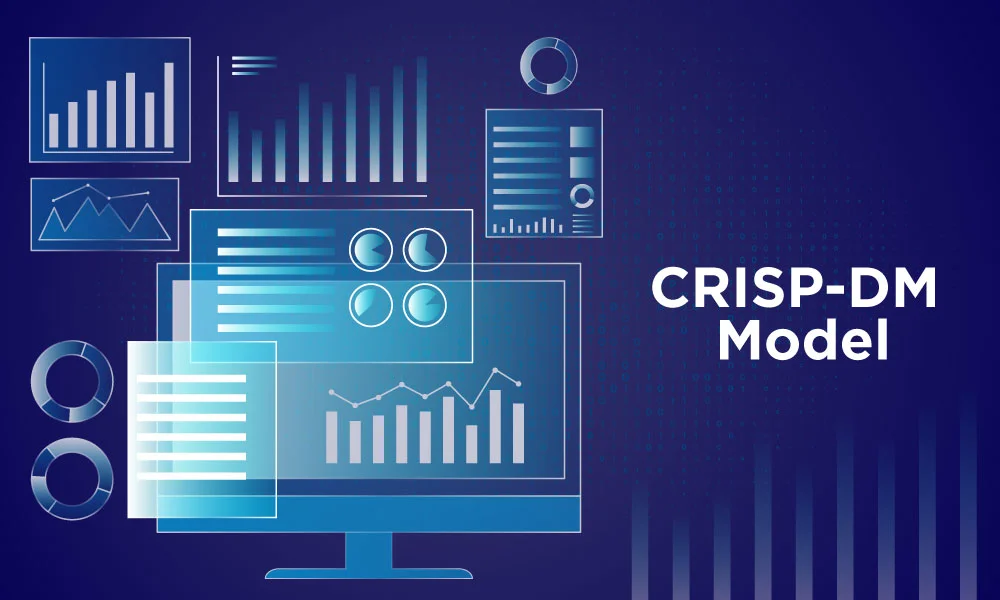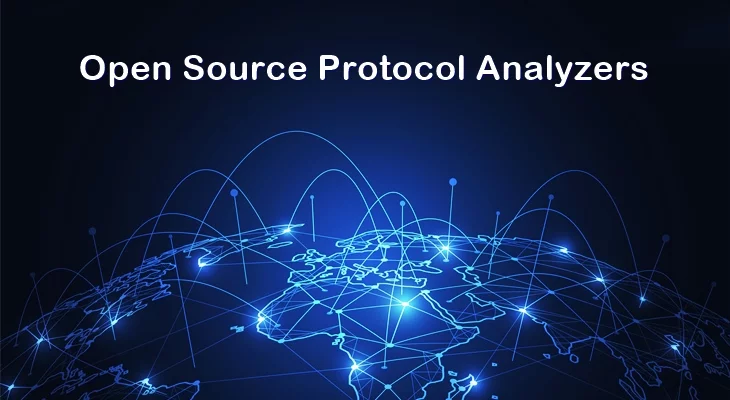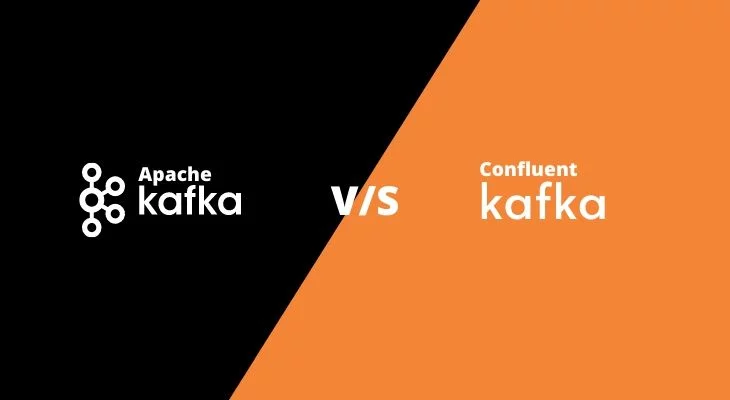Enterprises of the modern world are constantly looking for solutions that can ease business operations' burden using automation. Robotic Process Automation (RPA) has helped enterprises achieve efficiency to some extent, but there are still gaps that need to be filled. Cognitive Automation, which uses Artificial Intelligence (AI) and Machine Learning (ML) to solve issues, is the solution to fill the gaps for enterprises.
Using AI/ML, cognitive automation solutions can think like a human to resolve issues and perform tasks.
This ability helps enterprises automate a broader array of operations to ease the burden further and save costs. There are many cognitive automation solutions in the market.
Here is a list of five tools to help your enterprise attain efficiency and save cost.
Some of the Best Cognitive Automation Vendors
Moogsoft’s Cognitive Automation platform is a cloud-based solution available as a SaaS deployment for customers.
It consists of various features, which makes it a single solution for all problems which enterprises face.
Its most powerful suite is enabling the IT operations of enterprises to resolve issues autonomously. Moogsoft’s platform leverage AI/ML to churn data and derive insights for the enterprise. Some of its features include:
- Noise Reduction: Moogsoft’s platform monitors all alerts generated by the monitoring system and detects which alerts are false. The false alerts are suppressed so that only the true alerts are taken ahead for resolution.
- Anomaly Detection: Anomalies are detected from the alerts that are generated. Using the data on hand, Moogsoft then looks to either resolve the data or send it ahead for human resolution.
- Custom Integration: Moogsoft is capable of integrating with other third-party apps or programs to add to the functionality. It can co-exist with harmony and adds further value to provide deeper insights to enterprises.
- Workflow: Moogsoft helps derive data-driven workflows to get to the root of the issue on hand. Using workflows, Moogsoft can deduce the core of the issue to resolve it.
- Ticketing: Moogsoft can correlate tickets to derive duplicate tickets for the same issue. This helps bunch the different tickets for the same issue and hence enables quicker resolution and effective collaboration.
Moogsoft has a free version of its tool and provides a premium version that starts at $83 per month for teams.
Moogsoft has custom plans for enterprises based on their size, number of users, etc.
New Relic is a cognitive automation solution that helps enterprises gain insights into their business operations through a thorough overview and detect issues.
Its platform has four key areas which help enterprises enjoy efficient business operations:
- Data Detection and Ingestion: The New Relic platform captures all the information generated by the enterprise. Using this information, contextual awareness is created from which insights can be derived.
- Data-based Insights Observation: The insights derived from the data ingested are collated together to form patterns. Using this data, the issue's core can be reached more easily by gaining deeper visibility in enterprise operations.
- Intelligence Engine: The patterns of insights are churned into the intelligence engine to gain information, such as the root cause of the issue. The issue is then resolved at the core, thus resolving all its subsequent issues. This frees up the resources from constant firefighting.
- Open Source Development Center: New Relic provides developers an added feature to customize or add new features to New Relic to extend its functionality. This can be according to the custom requirements of each enterprise, which is using New Relic.
New Relic is available as a SaaS deployment model. Users can opt for either the entire solution or per feature, or a combination of them. They have multiple pricing plans for the user.
Splunk is a cognitive automation solution specially developed for IT operations. It helps enterprises realize more efficient IT operations and reduce the service desk and human-led operations burden.
It eliminates the scenario of siloed functioning and allows active collaboration along with machine-led issue resolution. Some of its features include:
- Understanding IT Context: The entire IT infrastructure is mapped by Splunk to determine how each node is connected.
- Monitoring Alerts: The alerts generated in the system are monitored to find false issues and factual alerts. This helps ensure that the right tickets are acted upon for quicker resolution.
- Issue Resolution: The tickets generated are sorted and bunched into similar stacks so that one resolution can resolve multiple tickets. This ensures the service desk is not working in a silo, and effective collaboration is achieved.
- System Health Monitoring: Health monitoring is performed for the system at regular intervals. This ensures everything is working in tandem and hassle-free, and at the optimum level at all times.
Splunk is available as SaaS as well as on-premise, depending on the preference of the customers.
Its automation in IT operations is spread across multiple industries and sectors, and the pricing for it is also dynamic.
They provide custom pricing for enterprises based on the depth of integration and the amount of data processed.
Also Read: RPA vs. Cognitive Automation: What’s the Difference?
Dynatrace is a multi-feature cognitive automation tool. It features an extensive list of capabilities, making it one of the go-to platforms for cognitive automation solutions. Dynatrace consists of five key features:
- Full-stack Observation: Dynatrace monitors your complete infrastructure to ensure everything runs smoothly and captures data to record every transaction. This historical data can help determine the cause of the issue if any.
- Root Cause Tracing: Whenever an issue is detected, Dynatrace tracks the core of the issue to detect its root cause. Once that is found, action can be taken to resolve the problem at the core.
- Real-time Topology: It is imperative to find how devices and nodes are connected. The real-time topology helps track where the issue had originated and how many other areas have been affected.
- Self-healing and Automation: Once the issue is detected and its analysis is completed, Dynatrace helps resolve the issue by self-healing and rectifying autonomously.
- Hyperscalability: Dynatrace is easily scalable to larger extents with ease and does not require any complex programming or configuring.
Dynatrace has three pricing plans based on the number of features one wishes to opt for.
The digital experience monitoring plan starts at $11, infrastructure monitoring at $21, and full-stack monitoring at $69 per month.
BigPanda is a cognitive automation tool that delves mainly into monitoring and analyzing data for enterprise IT operations.
With the insights provided, enterprises can then perform actions to improve their business operations. BigPanda has three main features:
- Data Correlation: With multiple events being recorded, BigPanda correlates these events based on the actual incidents and groups them. This helps in quicker resolution since the correlation provides a big picture outlook.
- Root Cause Deduction: Finding the root cause of incidents is essential. Siloed approaches and upper-level resolutions are only temporary fixes. BigPanda helps determine the root cause to ensure the issue is resolved at the core.
- Grass-roots Level Automation: BigPanda tool provides automation from the core of the operations unit. Hence, the L0 level employees will also benefit from the Cognitive Automation tool.
It is available with a dynamic pricing plan based on the enterprise's size and the number of users.
Conclusion
The above mentioned cognitive automation tools are some of the best solutions in the market for enterprises.
With these tools, enterprises will improve their business operations by consuming lesser time to resolve issues. Along with this, enterprises can also save a substantial amount of costs.
You May Also Like to Read:
Understanding Mean Stack, its Advantages, Disadvantages, and Use Cases
Top 7 Cognitive Automation Use Cases
Top 8 RPA Tools for Business





